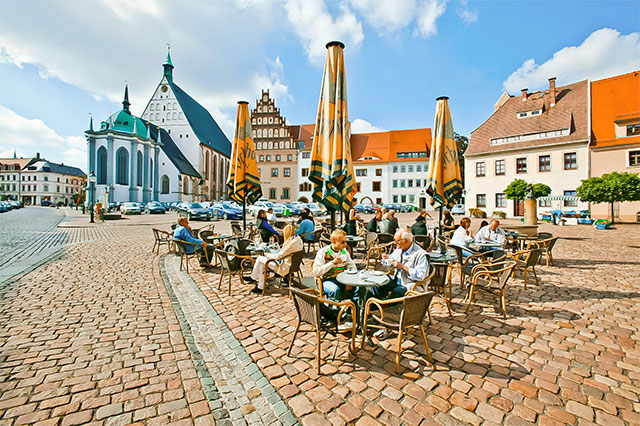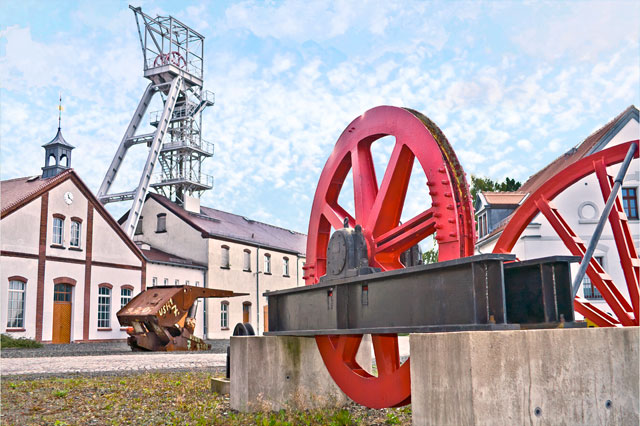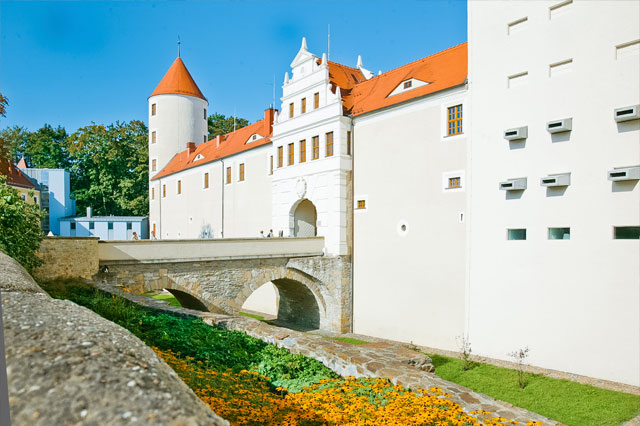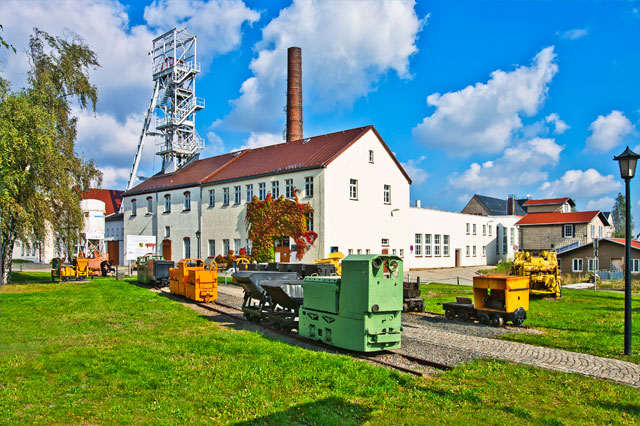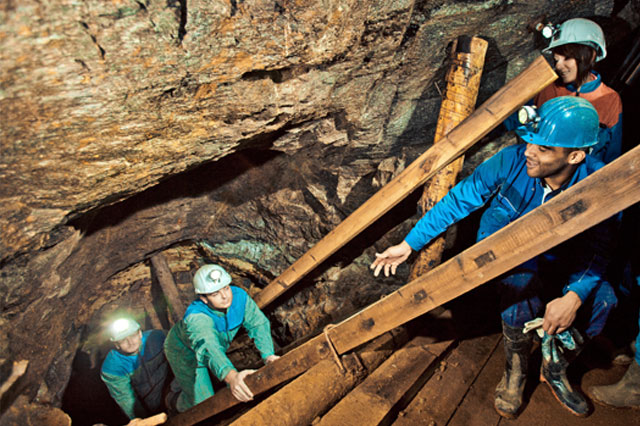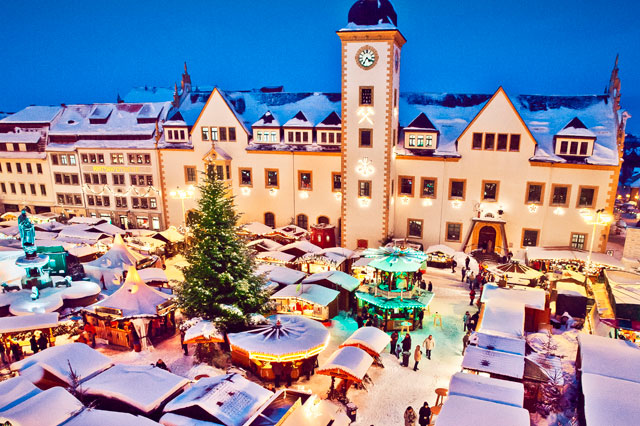About 850 years old Freiberg
Mountain town of Freiberg

The foundation of Freiberg dates back more than 850 years when travelling merchants happened to find silver-containing ore, which triggered a “silver rush” in and around Freiberg. The town prospered rapidly and became the economic center of the region. In 1765, the first mining university in the world “Bergakademie” was founded. It provided the scientific foundations for the operation of mines and smelters and the badly needed well-trained staff.
In the years to follow, Bergakademie became a center of innovation for the mining industry. Many famous scientists, among them Alexander von Humboldt, studied and taught there. Two elements, Indium (1863) and Germanium (1886) were discovered by scientists of Bergakademie. While the future application of these elements was still in the dark at the time of their discovery, they became later important raw materials for the semiconductor industry.
The mining industry experienced many ups and downs. The mines were closed more than once and reopened in times of scarce resources. In 1968, ore mining finally ceased. The accumulated knowledge and expertise of centuries attracted other trades including the semiconductor industry which started operations in the 1950s.
Impressions from Freiberg
Today, Freiberg is the home of silicon wafer manufacturers for applications in microelectronics and the solar industry and of Freiberger, the only European manufacturer of compound semiconductor materials used in wireless communication and optoelectronics.
Freiberg with a population of about 40,000 is situated at the foot of the Ore Mountains (Erzgebirge) in the heart of Saxony. Its well-preserved historical town center of medieval origin with narrow streets and picturesque squares surrounded by strong walls and watch towers is worth a visit.
